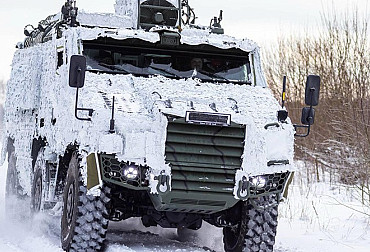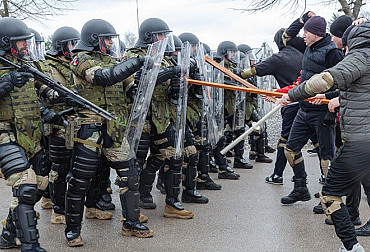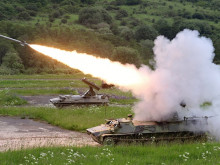Force Design 2030 as an opportunity for the modernisation of the Czech Helicopter Air Force
In connection with the recently announced transfer of the AH-1Z Viper and UH-1Y Venom helicopters of the US Marine Corps to the armament of the Czech Armed Forces, another opportunity opens up to further increase their number, modernise (not only) the helicopter aviation and potentially increase the overall capabilities of the Czech Army. This possibility is related to the US Marine Corps Force Design 2030 project.
According to the latest reports, the Czech Air Force will receive eight new UH-1Y Venom and four AH-1Z Viper helicopters in addition to the eight new UH-1Y Venom and four AH-1Z Viper helicopters purchased earlier, as a gift. Thus, the Helicopter Air Force will have a total of 20 helicopters – 10 Venom and 10 Viper helicopters. If the condition of the donated helicopters is satisfactory, then this acquisition can be assessed positively in terms of financial requirements, as the Czech Republic will only pay for the transfer and any repairs or conversions of these machines.
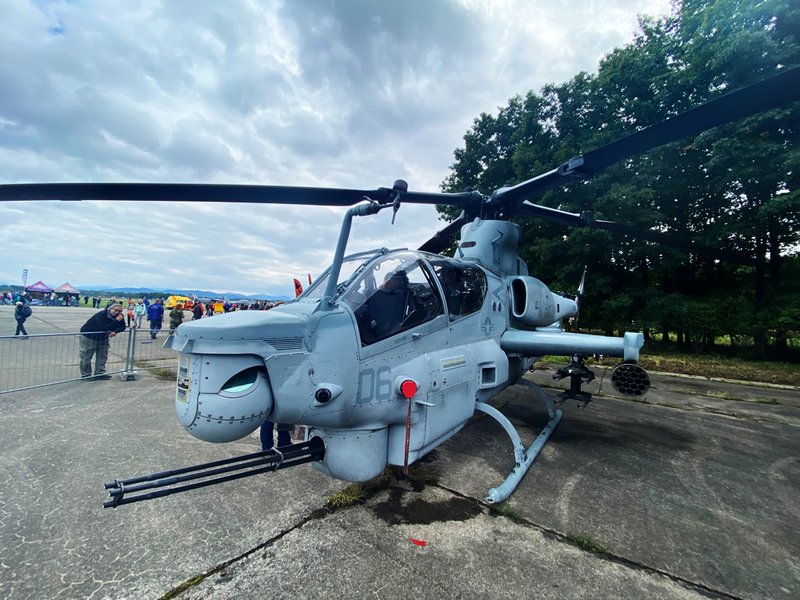 Picture: American helicopter AH-1Z Viper | Martin Šiška / CZ DEFENCE
Picture: American helicopter AH-1Z Viper | Martin Šiška / CZ DEFENCE
In connection with this donation, we asked the Ministry of Defence of the Czech Republic the following: "Is the recently announced donation of 2 UH-1Y Venom multi-role helicopters and 6 AH-1Z Viper attack helicopters related to the U.S. Marine Corps Force Design 2030 project, or the retirement of some of the machines from the U.S. Marine Corps' arsenal? Is the Department aware of the exact origin, age, and overall condition of the machines?" We received the following response: "The helicopters will come from the U.S. Marine Corps Base Hawaii. As for their parameters, that cannot be answered at this time. The experts of the Army will first visit the base and choose from a larger number of helicopters than the required number. Subsequently, a detailed assessment of their condition and necessary modifications will be carried out. It will then be up to the Czech Armed Forces to decide which specific helicopters its experts will choose. Anyway, the goal is of course to select such helicopters that will not only be operational, but mainly can be modified to meet the requirements of the Czech Armed Forces."
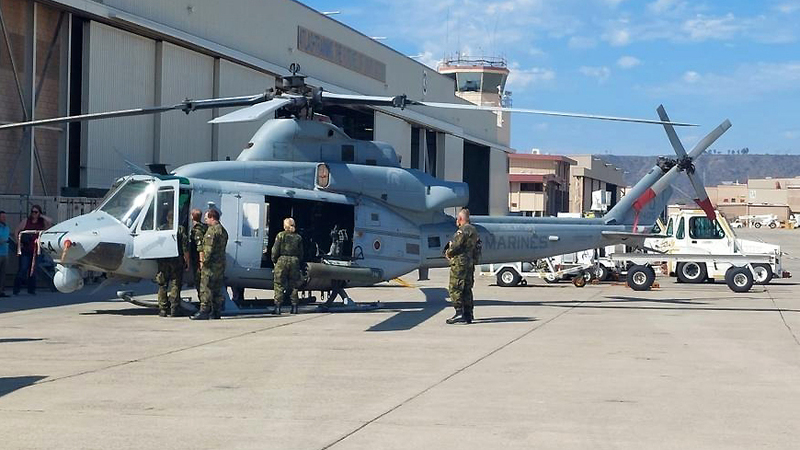 Picture: UH-1Y Venom helicopter | Ministry of Defence of the Czech Republic
Picture: UH-1Y Venom helicopter | Ministry of Defence of the Czech Republic
The aforementioned Force Design 2030 project responds to requirements stemming from the U.S. National Defense Strategy released in 2018. According to that document and statements from past U.S. Marine Corps commanders, the Corps must adapt to a rapidly changing security environment. China remains the primary threat to the United States, and as such, Force Design 2030 intends to modernize the U.S. Marine Corps to represent a smaller, more agile force capable of operating primarily in the maritime domain in the Indo-Pacific.
Thus, as part of the U.S. Marine Corps' downsizing, this May saw the elimination of some units and the overall realignment of the Corps to the maritime domain in which the component will deploy. To give an example, the U.S. Marine Corps got rid of fourteen batteries of towed howitzers or seven tank companies. In contrast, missile artillery batteries have been increased from seven to a total of 21, of which seven will be HIMARS. In the air domain, the U.S. Marine Corps is cutting one squadron of MV-22B Osprey aircraft, nearly three squadrons of heavy transport helicopters, as well as two squadrons of attack helicopters. Given that the modernization of both tank troops and artillery is already being addressed by the Marine Corps through the acquisition of non-U.S. weapon systems, it can be assumed that the retired tanks and howitzers are unlikely to be of any use. An interesting possibility, however, is the purchase of additional helicopters.
 Picture: USMC military equipment number adjustments to date (update May 2022) under the Force Design 2030 program | Center for Strategic & International Studies
Picture: USMC military equipment number adjustments to date (update May 2022) under the Force Design 2030 program | Center for Strategic & International Studies
It is the above-mentioned changes made within the air component of the US Marine Corps that may inspire further development of the capabilities of the Army. For example, in the case of attack helicopters, the Czech helicopter aviation capabilities can be further significantly increased through the retirement of machines from the US Marine Corps armament. And although these are used machines, in the current situation they would also significantly increase Czech capabilities.
Despite the recurrent discussions in the Czech media about whether the Czech Armed Forces need a certain capability or in what numbers it should possess a particular piece of equipment, let us recall that under the still valid Treaty on Conventional Armed Forces in Europe (CFE) we still have a considerable reserve in terms of the number of equipment. According to this document, the Czech Republic can have up to 957 tanks, 1,367 armoured vehicles, 767 artillery systems of 100 mm calibre or above, 230 combat aircraft or 50 attack helicopters.
The gradual increase in the number of equipment is in principle the right step, as the Czech Army is still at very low levels in terms of the current or future (already contracted) number of equipment. Thus, the currently declared number of US helicopters for the Czech Army should increase in the future. The war in Ukraine and the apparent shift of American attention to the Indo-Pacific show that European states must first and foremost take care of their own security and defence. That is why we should not be satisfied with the current numbers of any kind of equipment and should look for effective ways to increase these numbers and thus increase the combat capability not only of our army, but also of the Alliance as a whole.















